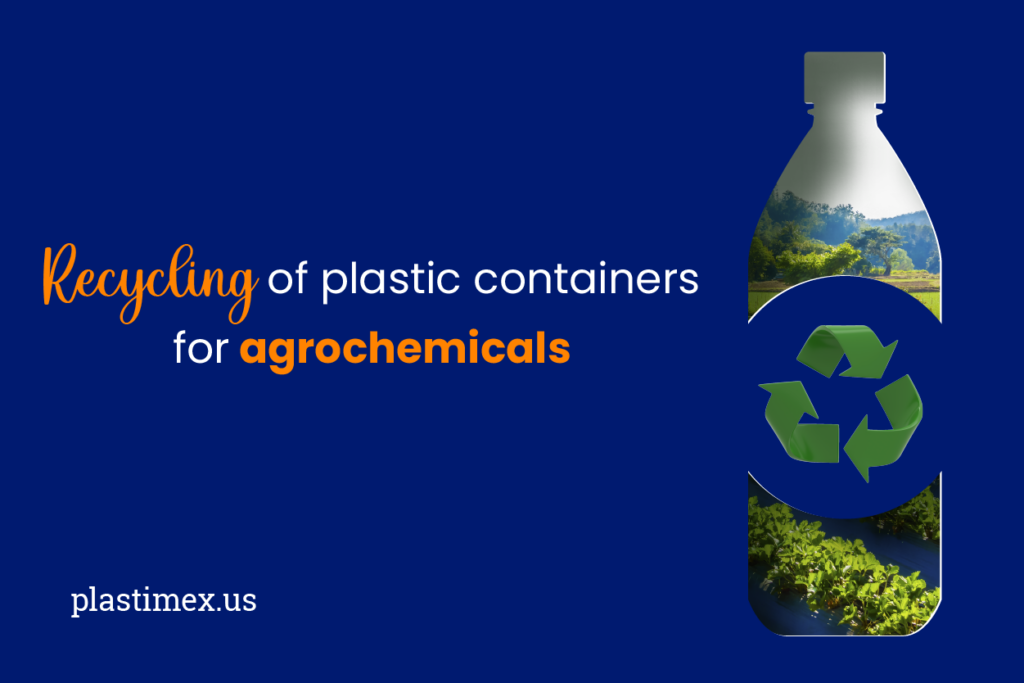Recycling plastic containers for agrochemicals is essential to prevent farmers from reusing empty containers of fertilizers and pesticides or turning them into waste that contaminates farmland since this not only represents damage to the environment but also to health. It should be noted that the use of plastics has grown rapidly in the agricultural sector thanks to the increase in production and reduction of costs. That is why it is very important to know how this type of packaging is recycled to obtain the greatest possible recovery. Find out everything you need to know about recycling plastic containers for agrochemicals.
Recycling: the best alternative to take care of the planet
The recycling of plastic containers for agrochemicals is becoming more frequent, however, there is a problem when recycling this type of industry is required because, in general, they can be contaminated by toxic products that have the objective of eliminating pests and are dangerous to human or animal contact.
Among the practices that farmers used to dispose of plastic containers for agrochemicals was burying them, which is a danger to the land and surrounding aquifers. Another alternative that they used was to burn them, which emits polluting gases into the environment.
Therefore, the recycling of plastic containers for agrochemicals emerges as a viable option with a low environmental impact that benefits the planet and the people who are in contact with this type of packaging. It is recommended that when the product is finished, the container is rinsed several times to remove as many contaminants as possible and then, puncture the container so that it cannot be reused.
What plastics are used in the agricultural sector?
The various articles used in agriculture are made of different plastics such as High-density polyethylene (HDPE), used in containers for pesticides and pesticides, and polypropylene (PP) used in containers for nurseries or floating covers.
Procedure for recycling plastic containers for agrochemicals
- Separation and wet grinding: The first step to start recycling is the identification and separation according to the classification of plastics. Subsequently, they are shredded wet, since if it is done dry, the speed of the blades can melt the plastic and contaminate the flakes.
- Washing and drying: The main problem that occurs in this type of packaging is the presence of agrochemical residues, which is why they must undergo a stage of intensive pre-washing and washing to eliminate or at least minimize them. possible these toxins.
- Pelletization: The previously washed and dried flake is converted into pellets by the extrusion method. Thus, the molten plastic is filtered in a section before the extruder head to remove any foreign material, thereby allowing pellets to be obtained as a finished product.
It is necessary to consider that this type of material cannot be used in applications for human or animal consumption, such as the pharmaceutical, food, cosmetic, or veterinary industry. However, many other items can be made such as garbage bags. If you have any questions about this topic, do not hesitate to contact us.

